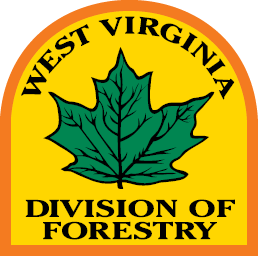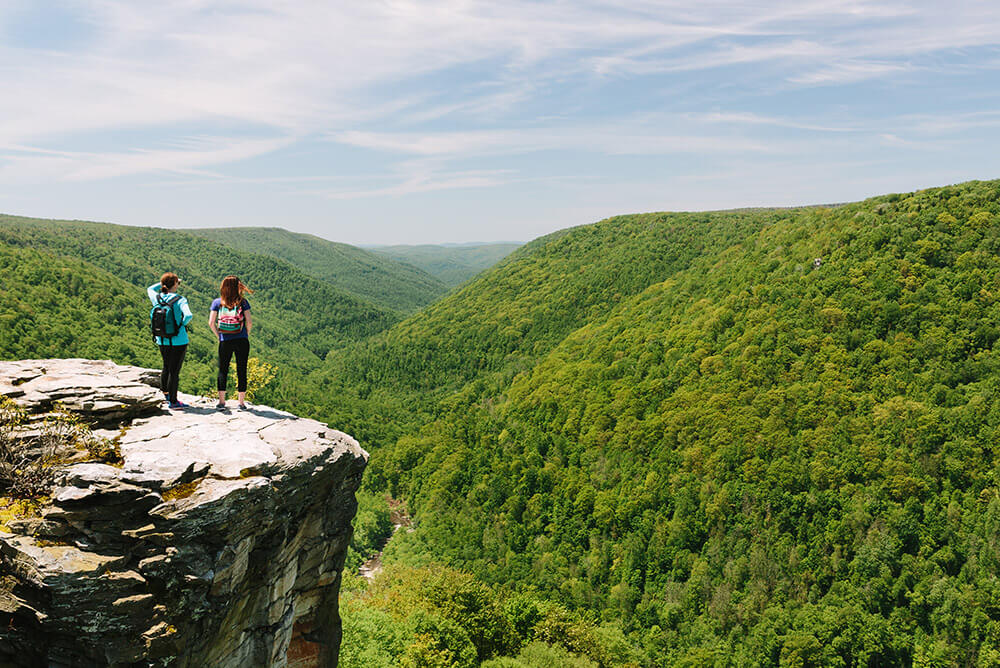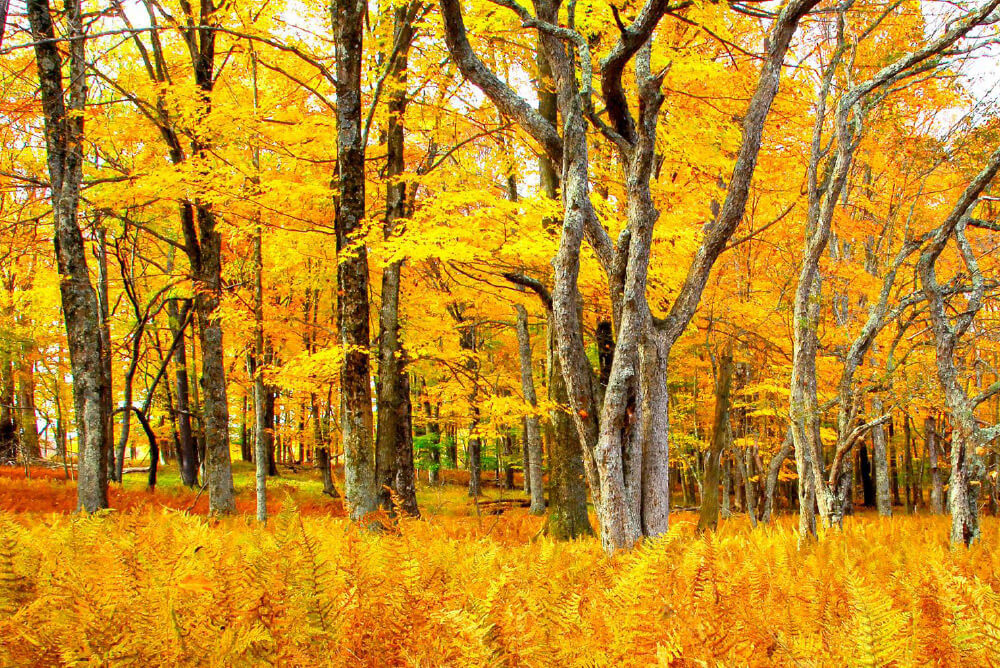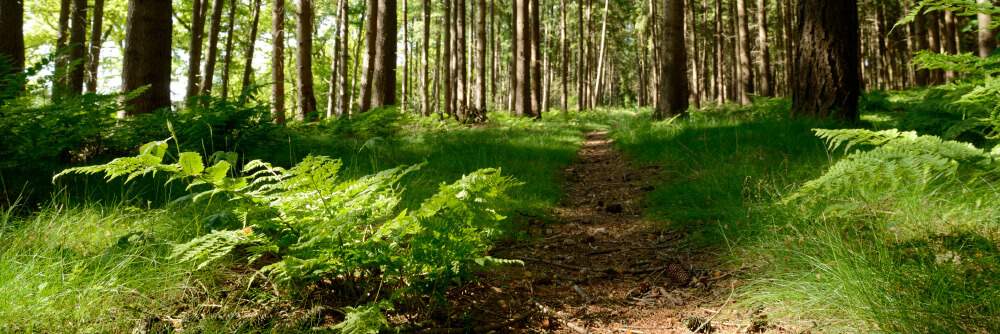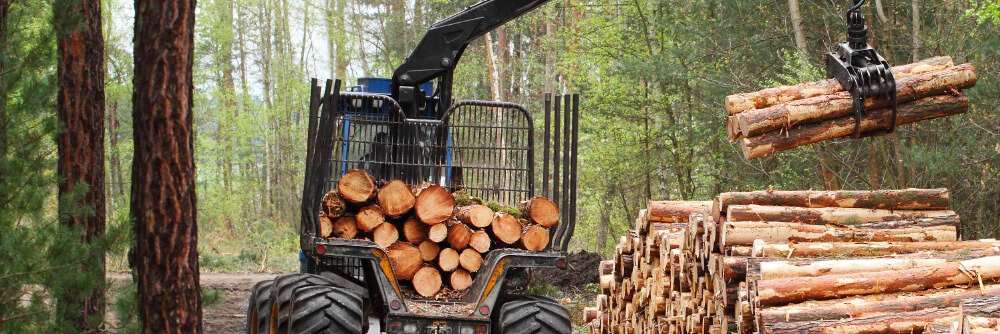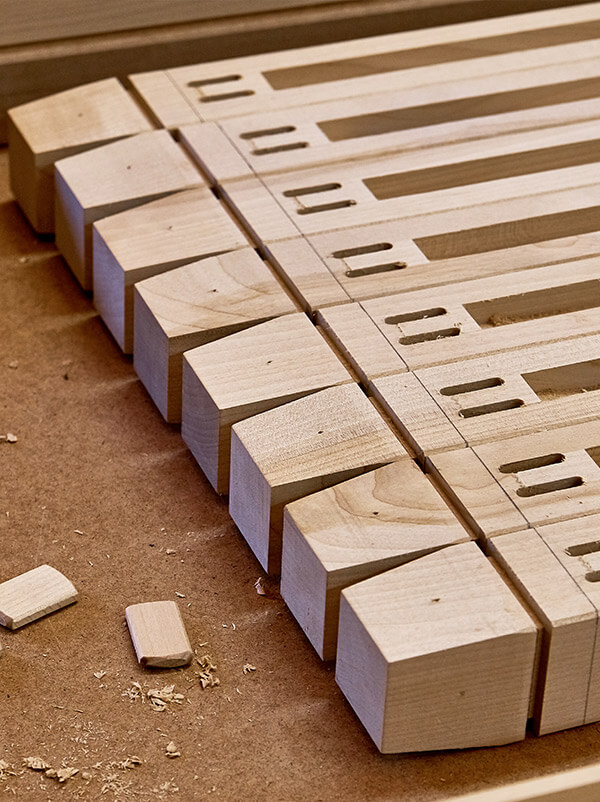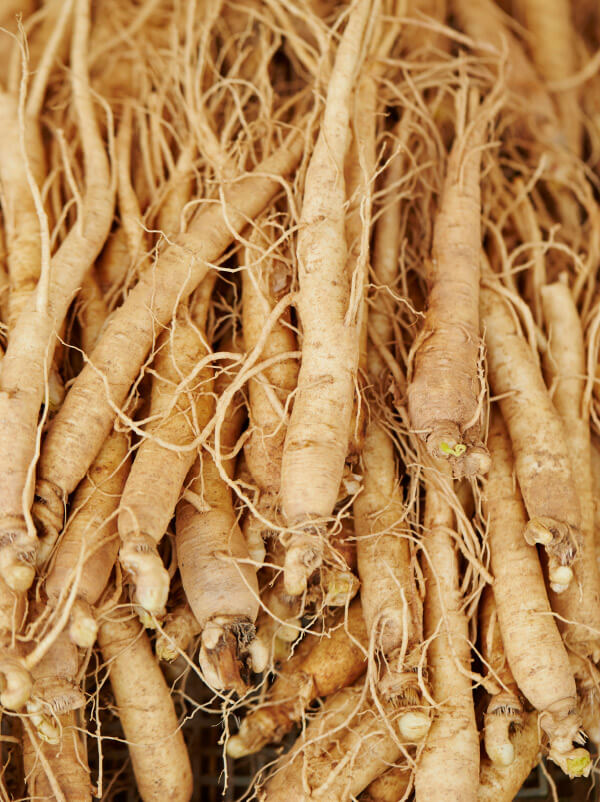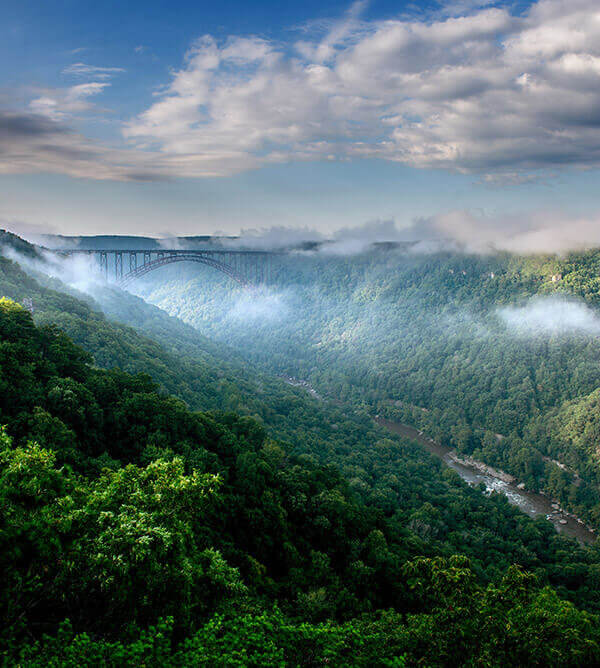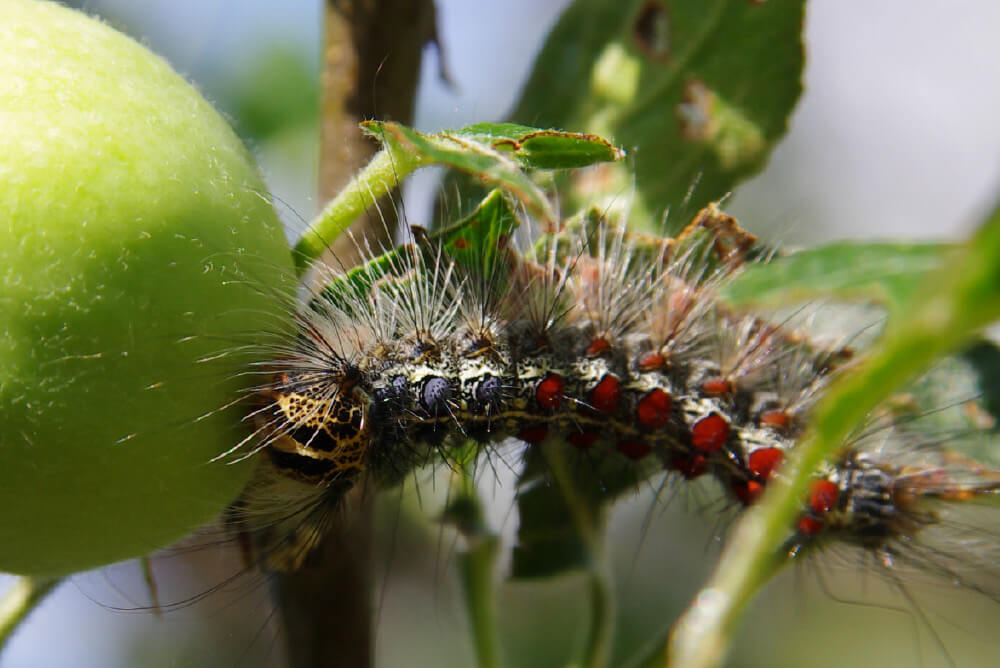General Care of Trees
- Water trees often during the first 2 years of their life, especially in the summer
- For new or struggling trees, do deep root watering to encourage root growth
- Don’t water too much. Keep soil moist, but not soggy. Allowing the soil to dry out slightly before another water is healthy for the tree.
- Mulch your tree to reduce moisture loss, however avoid volcano mulching (piling mulch high against the trunk of the tree)
Pruning a Tree
Most routine pruning can be done at any time during the year without causing damage to the tree. However, for non-routine pruning, the practices depend somewhat on the purpose for pruning.
- To encourage vigorous new growth in the spring, prune during dormancy, after the coldest part of winter has passed.
- To direct or correct growth, prune soon after seasonal growth is complete.
- To enhance flowering, prune spring-blooming trees when flowering fades, and prune mid- to late summer blooming trees in winter or early spring.
- Generally don’t prune in the fall, as decay fungi spread quickly in the fall and wounds heal more slowly.
Protecting Trees during Construction
- Take a tree inventory before construction
- Determine which trees can and will be kept based upon species, health, age and size
- Identify trees that need extra care
- Fence in trees being preserved for protection
- Prepare a tree preservation plan
- Include utility paths on plans
- Consider replacing or moving trees if the cost would be less than preserving
- Do not raise the natural soil level in a tree protection zone
- Consider natural aquifers and drainage patterns even in areas away from the tree
- Do not store materials or operate equipment near or under trees
- Prevent soil pollution from petroleum products, chemicals or lime-based products
- Minimize soil compaction in tree protection zones
Dig by hand near tree root system in order to decrease root damage - Consult an arborist for tree maintenance and care during the process

